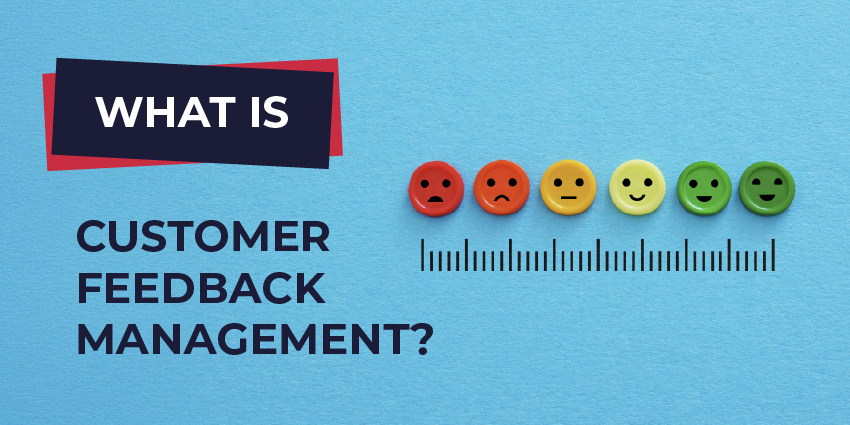Post-call surveys are among the most popular ways of collecting customer feedback in a contact centre. Once an interaction ends, the customer is requested to score the conversation on a scale of 1-5 or 1-10, indicating their satisfaction. The organisation, then, evaluates the average response to understand how effectively an agent handles customer interactions, as well as the average performance levels across the contact centre.
However, post-call surveys have recently come under scrutiny due to their declining response rates and possible lapses in efficacy. To understand its pros and cons, let us first look at what post-call surveys mean in a modern contact centre setting.
What is a Post-Call Survey:
You can define post-call surveys as a customer feedback collection mechanism where a customer is automatically contacted after they speak with a live agent, via SMS, email, or interactive voice response (IVR) telephony systems, so that they can answer the survey questions or questionnaire to inform the organisation about the call experience that they received.
Typically, post-call surveys are of two types – NPS surveys and customer satisfaction or CSAT surveys. The former asks the customer “How likely are you to recommend our organisation to a friend or family based on your most recent interaction?” In contrast, CSAT surveys ask customers “How satisfied are you with the results of your most recent interaction?”
NPS survey results reflect the customer perception of the brand, while CSAT surveys are all about individual agent and contact centre performance.
A modern contact centre typically deals with a variety of communication channels, ranging from mobile app-based chat, webchat, and social media to your traditional phone calls, email, and SMS. You can adapt post-call surveys for omnichannel as well, sharing the questionnaire through non-traditional channels like mobile app notifications.
Are Post-Call Surveys Still Relevant?
Response rates for post-call surveys have consistently dipped over the years, due to a number of factors. To begin with, customers are regularly inundated with information, and they may not be open to engaging with a brand until absolutely necessary.
Also, a single interaction doesn’t accurately capture customer experience in an omnichannel world, making the entire exercise seem pointless to a large portion of your customer base. Some estimates suggest that post-call feedback rates have dropped from 20% to just 5% in the last few years.
But this doesn’t mean that post-call surveys are a waste of time:
- Customers who have suffered a bad experience are very likely to respond to a survey, highlighting poor agent performance. This tells you if training intervention is needed
- Customers have space to “vent” after a negative experience, reducing the chances that they would publicly complain or call-out the brand on social media
- Even if a handful of customers respond, you are ensuring that these customers stay engaged, through a highly cost-effective feedback gathering mechanism
Getting Value Out of Post-Call Surveys
You can maximise the above benefits by tweaking your survey methodology. Conducting post-purchase, in addition to post-call surveys is a good idea. Incentivising survey action and asking follow-up questions are some of the other tactics to consider.







